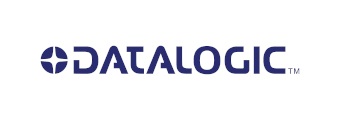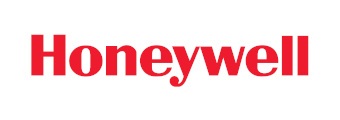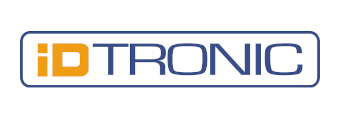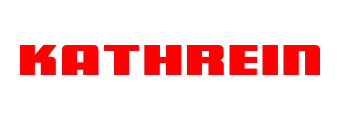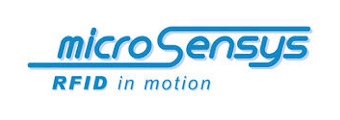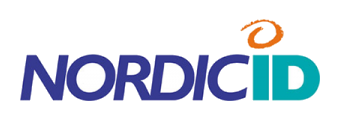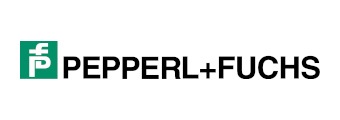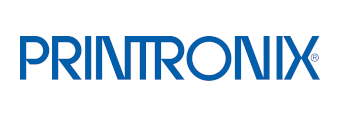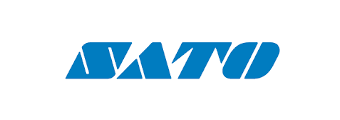RCOM Gateway Analyzes Location Data
The device-independent RCOM Gateway is used specifically for RFID deployments in warehouses with a focus on RTLS applications based on UWB, BLE or GPS. The integrated set of rules, the UI design and the programming API enable the processing of events in logistics processes down to the smallest detail. RCOM offers the user maximum flexibility. Numerous templates are available for common use cases. They can be quickly and easily adapted to individual requirements.
RCOM Gateway – Overview of Functions & Modules:
Device Management and Reader Control
The middleware serves as a central component for managing and processing object movements as well as load carrier events. These events are generated by fixed RFID readers and control units embedded in RFID gates.
The RCOM Gateway operates using so-called agents, which can either run directly on the Linux core of a reader or be installed as a Windows service on a server. These agents manage the hardware through the manufacturer’s API. As a result, the middleware automatically adapts to new APIs, software updates, and firmware revisions.
Track & Trace Modul
The Track & Trace module within the RCOM Gateway provides middleware functionality that enables real-time tracking of assets, load carriers, or containers using RFID identification. With just a few clicks, RCOM generates a complete overview of the facility and warehouse structure.
By combining RCOM with geo-coordinates, it also supports visualization in Google Maps. Locations are automatically plotted via the Google API, making it possible to monitor inventory live and at its precise position at any time.
Configurable Rules
Only validated and load-carrier-relevant events are processed in the backend. For these events, RCOM provides an advanced yet intuitive rule designer. The Workflow Designer allows users to configure anything from basic processes to detailed manual programming.
Most importantly, there’s no need to rely on IT experts. Logistics staff can independently adjust and optimize process logic in-house.
Customizable Web Interfaces
RFID-based identification ensures automated data collection. This allows RCOM to visually represent load carrier movements. For example, during loading operations, the system must immediately confirm that all goods have been correctly registered, while any “wrong pallet” must be flagged in real time.
Since logistics processes vary in their display and data requirements, RCOM includes a built-in UI designer. This makes it possible to create customized screens, which can also be equipped with specific user permissions.
RTLS – Your Key to Efficiency
The connection between Real-Time Location Systems (RTLS) and warehouse logistics is essential in order to implement precise deployment planning. Don‘t leave your goods, equipment or vehicles to chance.
Warehouse
- Inventory Control
-
It is crucial to know the exact inventory and, if possible, the storage location, and to be able to see the flow of goods in the warehouse with just one click. This control prevents overstocking, bottlenecks or inaccurate stock data.
- Delayed Shipments
-
Without systematic warehouse logistics, companies could find it difficult to process and ship orders on time. Conclusion: A drop in customer service quality.
- Warehousing Costs
-
Optimized logistics processes and precise stock levels mean keeping storage and energy costs low. The efficient use of space is also sustainable.
- Unplanned Bottlenecks
-
Unplanned bottlenecks result in high costs and delays for other logistics processes. Customer orders cannot be fulfilled.
- Flexibility
-
Today, agile systems must react spontaneously and flexibly to changes. The lack of warehouse logistics can prevent companies from adapting quickly to changing market conditions or customer requirements.
- High Transportation Costs
-
Companies may face higher transportation costs due to a lack of optimized warehouse logistics to plan transportation needs, consolidate orders and select the most efficient shipping methods.
It is crucial to know the exact inventory and, if possible, the storage location, and to be able to see the flow of goods in the warehouse with just one click. This control prevents overstocking, bottlenecks or inaccurate stock data.
Without systematic warehouse logistics, companies could find it difficult to process and ship orders on time. Conclusion: A drop in customer service quality.
Optimized logistics processes and precise stock levels mean keeping storage and energy costs low. The efficient use of space is also sustainable.
Unplanned bottlenecks result in high costs and delays for other logistics processes. Customer orders cannot be fulfilled.
Today, agile systems must react spontaneously and flexibly to changes. The lack of warehouse logistics can prevent companies from adapting quickly to changing market conditions or customer requirements.
Companies may face higher transportation costs due to a lack of optimized warehouse logistics to plan transportation needs, consolidate orders and select the most efficient shipping methods.
RTLS: UWB, GPS or BLE
- Planning Reliability and Optimized Workflows
-
The precise awareness of where goods, assets, tools, vehicles or employees are located ensures planning reliability and route optimization.
- Tracking in Real Time
-
RTLS enables accurate real-time tracking of objects, tools or vehicles in a specific area. This facilitates the management of inventory, stocks, or resources.
- The Future of Multimodal Tracking
-
Combining tracking technologies such as UWB, BLE and GPS with RFID and sensors enables even more accurate sensor data in real time. This means that the status of goods can also be monitored in real time.
- Cost Reduction
-
RTLS reduces inventory losses and thus cuts costs.
- Vehicle Management
-
Knowing the exact location of vehicles or industrial trucks also enables the automation of machine and vehicle utilization, the monitoring of productivity and ensuring that empty runs are avoided. The CO2 footprint is reduced!
- Integration with IoT and AI
-
The integration of RTLS, as well as RFID and IoT with artificial intelligence, enables automatic analysis of location data to predict bottlenecks or optimize processes in real time.
The precise awareness of where goods, assets, tools, vehicles or employees are located ensures planning reliability and route optimization.
RTLS enables accurate real-time tracking of objects, tools or vehicles in a specific area. This facilitates the management of inventory, stocks, or resources.
Combining tracking technologies such as UWB, BLE and GPS with RFID and sensors enables even more accurate sensor data in real time. This means that the status of goods can also be monitored in real time.
RTLS reduces inventory losses and thus cuts costs.
Knowing the exact location of vehicles or industrial trucks also enables the automation of machine and vehicle utilization, the monitoring of productivity and ensuring that empty runs are avoided. The CO2 footprint is reduced!
The integration of RTLS, as well as RFID and IoT with artificial intelligence, enables automatic analysis of location data to predict bottlenecks or optimize processes in real time.
Discover how the integration of real-time location with UWB, GPS or BLE can take your business to the next level!
Interested? Get in touch with us!


